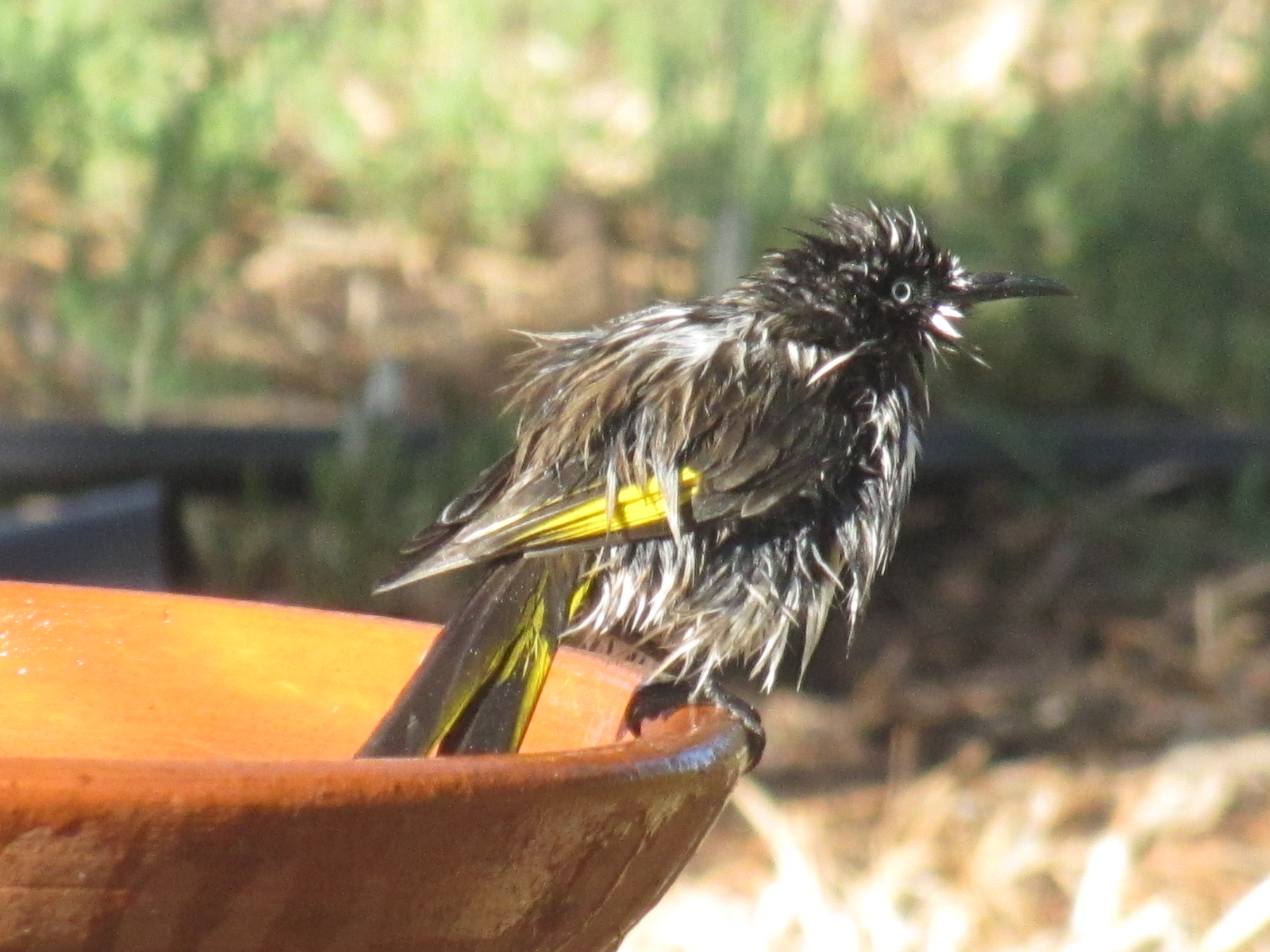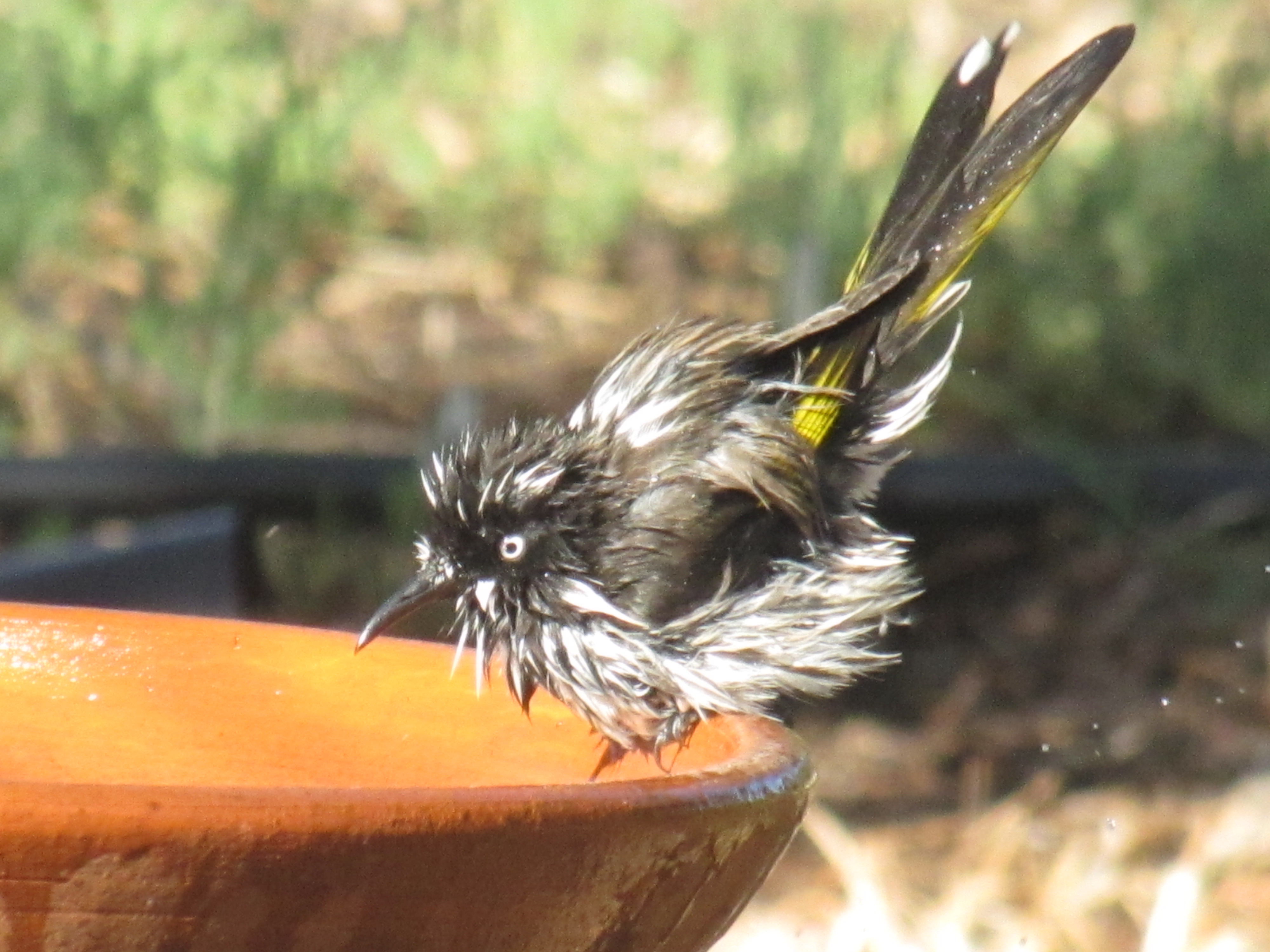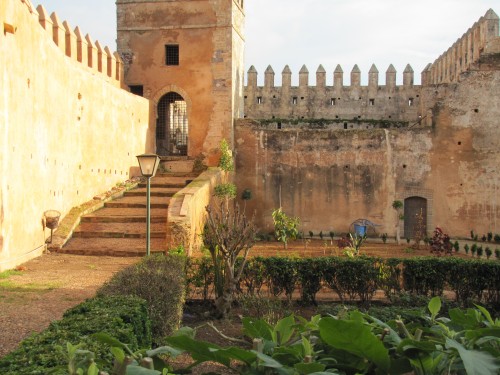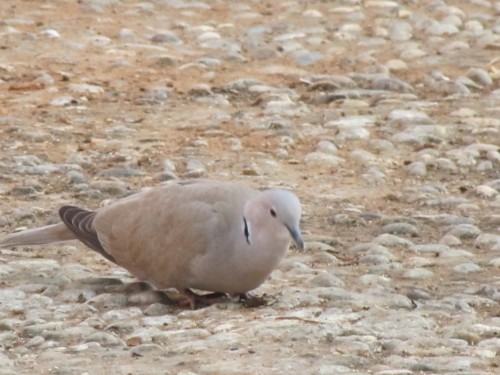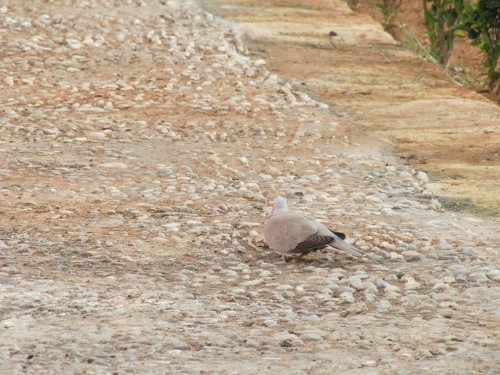Crested Pigeon up close
The Crested Pigeon is a common species in our garden and on our 5 acre block of land in Murray Bridge, South Australia. We see them every day and they seem to be breeding throughout the year. I have found numerous nests over the time we have lived here. They are one of our many resident breeding species.
Individual birds like that shown in today’s photos frequently come to one of our bird baths to drink. Sometimes two or three will come together. During the hot weather of summer, when the temperatures can soar to 35C or above – as high as 46C – many birds come to the water throughout the day, some bathing, some drinking and many doing both.
I managed to get a series of about a dozen good close-up photos of one bird recently. It is times like this that I really appreciate having a 20x zoom facility on my camera.
Let’s all have a morning bath
Earlier this week it was rather warm. On most days we have some birds come to either have a bath, or have a drink. Many do both. Some just sit in the water, especially on very hot days.
On Tuesday of this week I was amazed at the procession of birds coming to drink and bathe. I was having my breakfast and it wasn’t yet very hot. This following is a list of species observed in a ten minute period:
New Holland Honeyeaters – about 12
White-plumed Honeyeaters – 2
Singing Honeyeaters – 2
Red Wattlebirds – 2
Crested Pigeon – 1
Spotted Turtledove – 1
Yellow Thornbill – 1
House sparrow – 10
Common Starling – 6
Australian Magpie Lark – 1
Superb fairy-wren – 3
Other species nearby:
Australian Magpie
White-browed Babblers
Willie Wagtail
The New Holland Honeyeaters caused the greatest kerfuffle; water went absolutely everywhere. I managed to capture this series of photos of one individual getting totally soaked.
Now I’ll have to get a bucket of rainwater and refill the bird bath.
Some of the photos shown here on Trevor’s Birding can now be purchased on tee shirts, coffee mugs, stationary and a large range of other items. Go to Trevor’s Photos site here.
Spotted Turtledove drops by
We have recorded over 100 species in our garden over the last 28 years. Of these, more than 40 could be regarded as resident breeding species.
One of the resident breeding birds is the introduced Spotted Turtledove. In some parts of urban Australia, this species is so common it is regarded as a pest species. In our garden, however, we only have a handful – perhaps 3 or 4 – at any one time.
They’ve been rather quiet over the last month or so; their incessant cooing can drive one to distraction if you are trying to concentrate, or have a headache. I haven’t searched the garden but they may well have been keeping quiet while they nested.
While having breakfast this morning this individual came to visit the bird bath just outside the sun room. This is a flighty, easily scared species, so it was good to get a close-up photo.
Some of the photos shown here on Trevor’s Birding can now be purchased on tee shirts, coffee mugs, stationary and a large range of other items. Go to Trevor’s Photos site here.
Collared Dove, Rabat, Morocco
On our guided tour of Rabat in Morocco we walked through the interesting walled quarter known as the Kasbah des Oudaias. A part of this quarter was this beautiful garden. In the garden I managed a few hurried photos of a Collared Dove, shown below.
I use the expression “hurried photos” deliberately. The bird was moving around constantly, not stopping for more a a second or two in any one spot, making focussing something of a challenge, even though the bird was quite close. The bird won.
Still, it was nice to add another species to my list of Moroccan birds.
Rock Doves, Rabat, Morocco
Rabat is the capital city of Morocco. During our tour of the country, we only had a few hours in this interesting city. Our tour only covered several historic and cultural sites, but most of these provided some opportunities for me to do some incidental birding along the way.
Like most large cities and towns around the world, Rock Doves are present, usually in large numbers. In many parts of the world these are feral populations, but in the case of these birds in Morocco, they are probably part of the endemic population. Northern parts of Africa make up part of their natural distribution.





